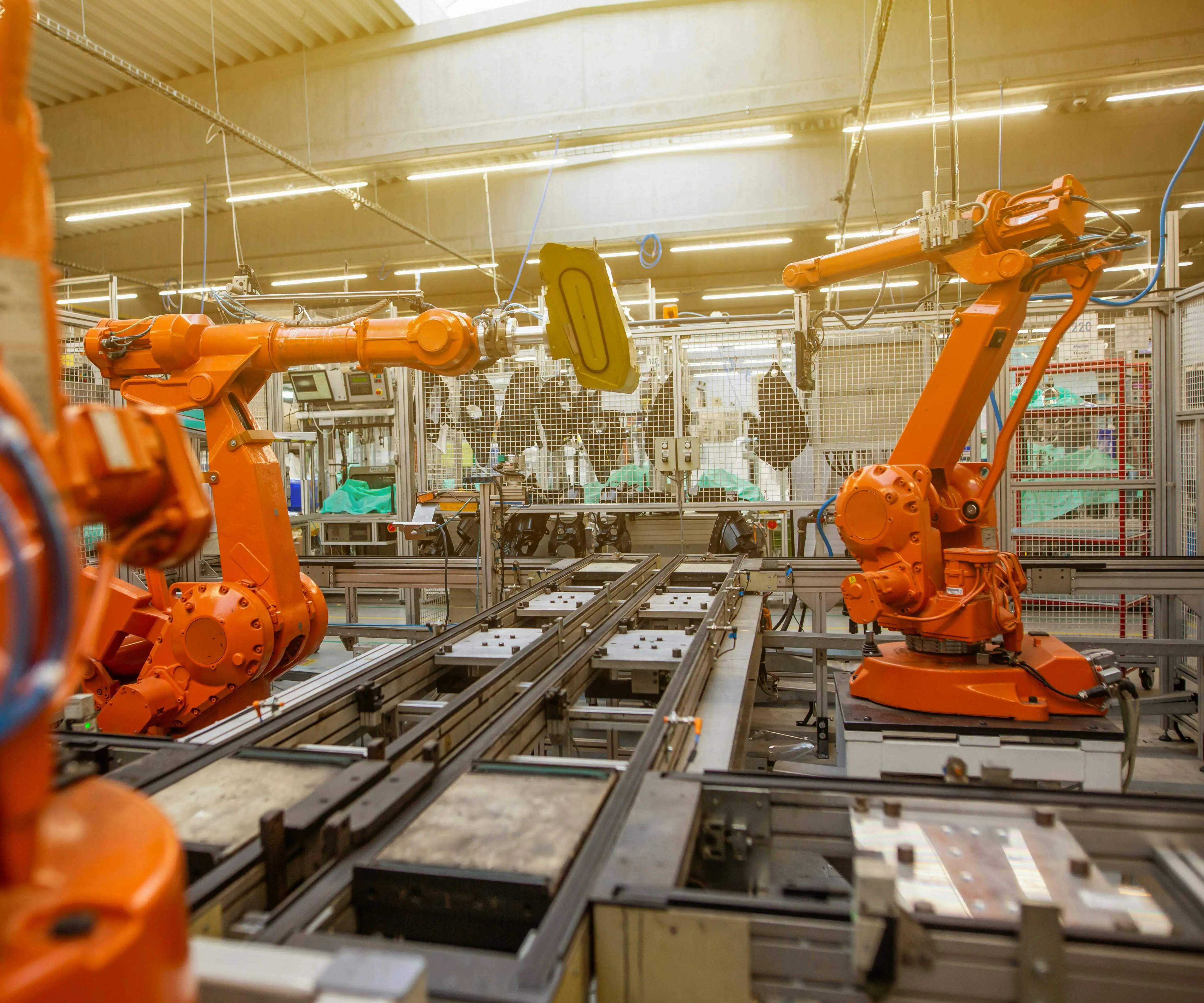part 1: Imagine you're building a robot, an art installation, or even a smart home device — all those exciting projects that combine creativity with technology. Central to many of these endeavors is the servo motor, a small but mighty component that offers precise control over angular position. Its ability to rotate to specific angles makes it an indispensable part of the maker’s toolkit, especially when paired with an Arduino Uno.

The Arduino Uno, a compact yet powerful microcontroller board, acts like the brain of your project. It deciphers your code and sends signals to control various electronic parts, including servo motors. If you've ever watched a robotic arm in action or seen a remote-controlled vehicle turn on a dime, chances are a servo motor was involved behind the scenes.
What makes servo motors fascinating is their simplicity and reliability. Unlike traditional motors, which spin freely, servos are designed to rotate to a specific position — an angle you specify in your code. They incorporate a feedback control system, typically a potentiometer internally, that allows the motor to find and hold a particular position accurately.
Getting started with a servo motor using an Arduino Uno is easier than you might think. Even if you're new to electronics, a few simple connections and some straightforward code can unlock a new world of possibilities. Whether you want to control a robotic finger, make a camera pan and tilt, or craft an interactive art piece, this guide will walk you through the essentials.
Let’s explore what you need to get started. First, the common components:
Arduino Uno: The microcontroller that will serve as the project's command center. Servo Motor: Preferably a standard hobby servo, such as SG90 or MG996R, which are widely available and easy to work with. Power Supply: Usually, the Arduino can power small servos through its 5V pin, but larger servos might need an external power source. Jumper Wires: To connect the servo to the Arduino. Breadboard (optional): For more complex setups or if you want to include additional components. Arduino IDE: The software environment used to program the Arduino.
Before diving into wiring, it's good to understand how a servo receives commands. In simple terms, the Arduino sends a PWM (Pulse Width Modulation) signal to the servo, and the duration of the pulse determines the position of the servo's horn. Usually, a pulse of 1ms to 2ms within a 20ms cycle corresponds to angles from 0° to 180°.
Next, we'll look at the actual wiring process. Connecting the servo motor to the Arduino Uno involves three main wires:
Power (Vcc): Connect to Arduino's 5V pin. Ground (GND): Connect to Arduino's GND pin. Control Signal: Connect to a PWM-capable digital pin on the Arduino, typically pin 9.
Once you’ve wired everything, the next step is coding. The Arduino IDE provides a convenient library called Servo.h, which simplifies communication with the servo. With just a few lines of code, you can command your servo to rotate to any position you want.
Here’s a quick example to get you started:
#include Servo myServo; void setup() { myServo.attach(9); // attach servo to digital pin 9 } void loop() { myServo.write(0); // move to 0 degrees delay(1000); // wait one second myServo.write(90); // move to 90 degrees delay(1000); myServo.write(180); // move to 180 degrees delay(1000); }
This simple code commands the servo to cycle through three positions with a one-second pause at each stop. It’s a fundamental example but a perfect starting point.
In the next part, we’ll delve into more advanced control techniques, explore real-world applications, troubleshoot common issues, and inspire you with ideas to incorporate servo motors into your own projects.
Established in 2005, Kpower has been dedicated to a professional compact motion unit manufacturer, headquartered in Dongguan, Guangdong Province, China.




































